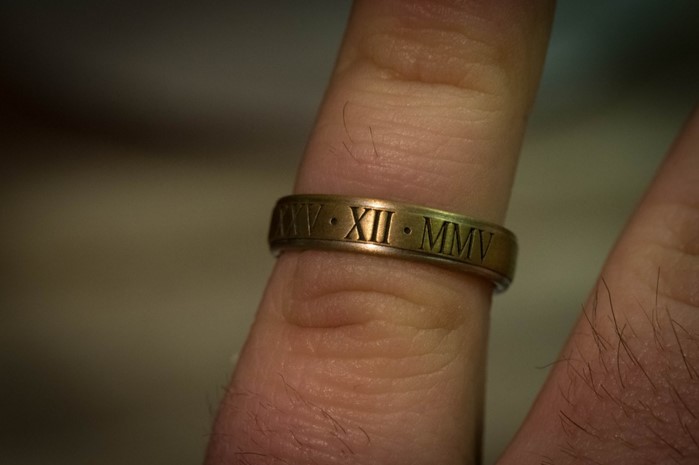History of Engagement Rings and Wedding Bands
Schwanke-Kasten explores some history of engagement rings and wedding bands.
The tradition of placing a wedding band on the fourth finger of the left hand has origins dating back to Ancient Egypt. The history of engagement rings represents a sacred bond between a man and a woman, monogamy, and the strength of Love.
The history of engagement rings began in Egypt, and the nearby North-African lands. Lovers would express one’s undying love through braiding plants. The plants fibers were placed on their lover’s ring finger to signify immortal love. Furthermore, the choice of this finger on the left hand was due to the belief of a vein that connected this finger directly to the heart.

In Ancient Rome, engagement rings were used by suitors to tell others that a person was spoken for. The widespread art and use of decorative metallurgy meant that these rings became similar to ring styles we see today.
Middle Ages
However, one and a half millennia later, in Middle-age Europe onward through the religious wars from 1400-1600, the puritanical and American colonial days leaned toward a less gaudy and pretentious styles, the ring was outlawed by the religious powers for being obscene and worthless. Until the late 16th century, suitors gave a simple and more utilitarian thimbles to their lovers. Once the bride married, she removed the bottom of the thimble and wore it as a wedding band.
In the 1700’s, as the style became more in-line with the notion of commoner jewelry. Both women and men began to wear modern circular wedding bands at all times. They would never remove the bands as a statement of the eternal bond. The exchange of rings between bride and groom became the standard after World War II.
Whereas the only type of pre-marriage ring in the times leading up to the actual marriage was a thimble, the engagement ring became a part of the marriage rituals in 1477 by Archduke Maximilian of Austro-Hungaria as he proposed to Mary of Burgundy with a ring set with diamonds in the shape of an “M”.
To show off status, wealth and desire, men would use engagement rings to persuade women. In 1217, the Bishop of Salisbury declared that these rings of seduction be legally binding. When a suitor gave a women a ring she became a fiancee.
Modern Day
Later on into the 20th century, an ad campaign by De Beers cemented the diamond as “the” choice of stone for engagement rings. This brings us up to the modern wedding bands and engagement rings of our time.